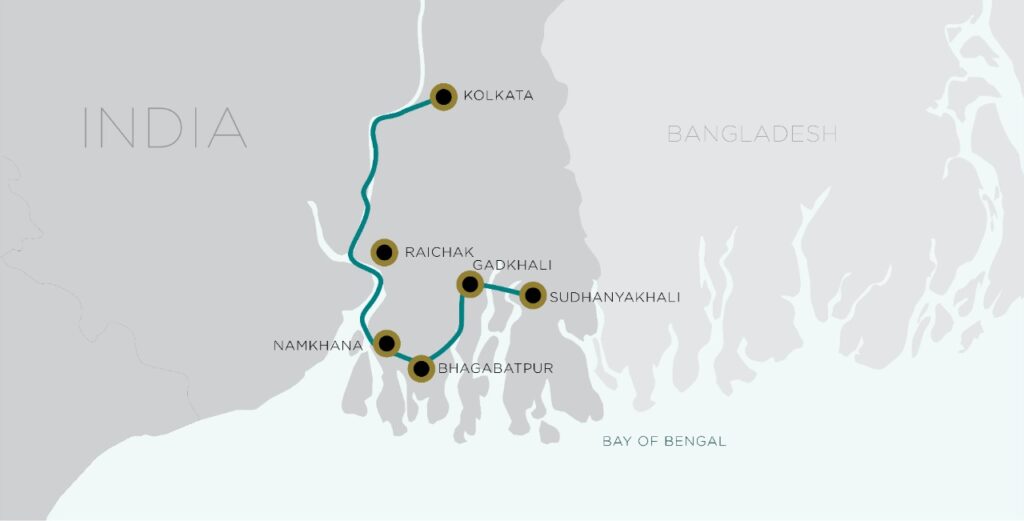Paro
Paro
Arrive in Paro and transfer to hotel. If time permits then we will stop at Dochulla pass Overnight in Hotel.
Leaving Trongsa early, we’ll stop at Pela La pass. We will spend the whole morning hours looking for alpine avian delights like Satyr Tagopan, Blood Pheasant, Khalij Pheasant and the beautiful Himalayan Monal. Below the pass, the stand of bamboo up shoots attracts many birds. The specialties of the area are Great and Brown Parrot bills and Golden-breasted Fulvetta, probably one of the world’s most attractive passerines. Whilst in Trongsa, visit historical Trongsa Dzong and Museum. Overnight in hotel in Trongsa
Drive to Nabji however road are mainly dirt road, transportation is through tractors and some portion we will walk. This region has impressive flora and fauna, we will make stops to explore the vegetation of broad leaves forests, wild lives are abundant like Rufus Necked Hornbill, Gaint Hornbill, Golden Languor, Himalayan Squirrel, Rhesus Macaques and varied species of sub tropical birds. Nabji village consist of around 50 houses, and just below the village, set in paddy field is the sacred temple of Nabji or “Oath” which is believed to have power of granting wishes and prayers. It would be worthwhile to take a walk in the village and interact with friendly locales. Overnight in Deluxe Camp just below the village in small channel.
In the morning, we’ll walk till the road head and drive through farm road for almost 2 hours, then connect with highway and drive for further 2 hours to Tingtibi. Tingtibi is the bedrock of birding in Bhutan. Its warm sub tropical thick broad leaves forest in addition to lesser people in vicinity augment well for the birds to thrive. Depending on the time of arrival, we’ll do the birding in Tingtibi. Overnight in deluxe camp.
The underlying areas of Tingtibi, Gonphu and Manas have relatively lesser population concentration in addition to subtropical climate offer best birding spot in Bhutan. We’ll do birding for whole day in Tingtibi and Gongphu area. In Tingtibi, We will focus mainly to spot much sought after Yellow- Rumped honey guide and beautiful nuthatch. Along with it, there are may birds you will encountered such as yellow-throated martin, giant squirrel etc. birds – Rufus-necked hornbill, Blue throated bee-eater, Maroon Oriole, Racket tailed Drongo, Red headed Trogon, sultan tit, Grey Nightjar, Hill Prinia, Asian Emerald Cuckoo, Great hornbill, Partridge, Violet Cuckoo, Pin-tailed Green Pigeon, and Cutia. Rufous-faced Warbler is also quite common, and we stand a chance of encountering the rare White-bellied Heron and possibly Collared Treepie.
In afternoon, less than 2 hours drive takes to Gonphu area, birding in avian rich forest. The species remain similar with Tingtibi however more chances of sighting these species due to serene ambience.
Overnight in deluxe Camp
After breakfast, drive 3 hours to reach Manas. It is the part of Royal Manas National Park, the oldest National Park that is the “genetic repository” of varied flora and fauna and pioneer conservation project of fauna in Bhutan. Along the way, we will make regular stop for birding and visit the roadside villages. Once in Manas you can opt for river raft, rapid grade are pretty good and also you can indulge in further birding. Mostly tropical birds such as Egret, Jungle Fowl, Indian roller, Great Hornbill, Alexander parakeet, crested Serpent Eagle, Spotted dove, lesser adjutant stork, white breasted Kingfisher, Stoke Bill Kingfisher, Rose Ring Parakeet, Black Necked stoke etc. Free evening. Overnight in Lungta Comfort Camp/ Park’s Shed.
After breakfast we will be traveling to Trongsa.
One the way we will be able to see some animals and birds.
Overnight in Trongsa
Drive to Thimphu which has Temperate vegetation with quiet ambience provides an ideal habitat for varied species of avifauna. Along the way, sighting of Red bill cough is common. The most common species of avian likely to be seen are Ibis bill, Common sandpiper, Crested-pie kingfisher, Reddrumped swallow, Long-tailed minivet, Grey wagtail, Yellow-billed blue Magpie, Spotted nutcracker, White-bellied yuhina, Red-billed chough, Black-browed tit etc. Later, visit cultural highlight that is synonymous with capital such as Tashi Chho Dozing, Giant Buddha Statue, Takin Reserve, weekend market, Archery match and more in ratio with available time. Overnight in hotel.
Today is the hike to iconic Taktsang monastery, if early, we can also see some birds such as Ibis Bill, Brown Dipper, Laughing thrushes. Red Billed Clough. As day progress, it set out flight reaction of bird as the visitors grows. With almost 3 hours uphill walk and 1 -2 hours downhill hike in addition to visit of Tiger’s Nest monastery visit, it’s a whole day affair. Upon return to hotel, pamper yourself with traditional hot stone bath. Overnight in Hotel
In the morning after early breakfast we will see you off at the airport for your onward destinations.


